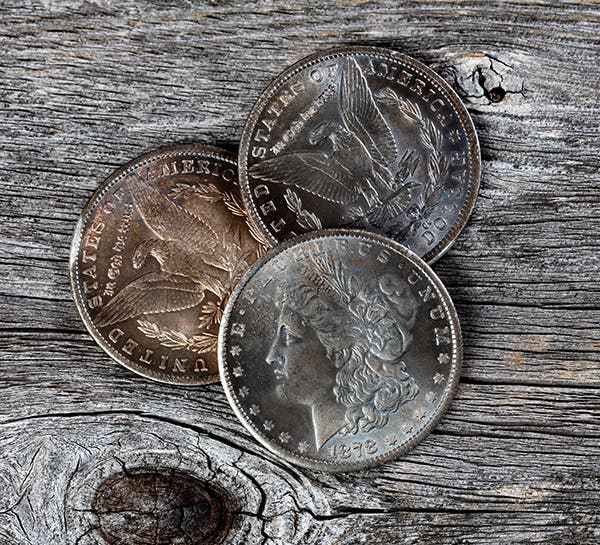1913-S Barber has no place to go but up
Just call it an unrecognized rarity. While expensive and desirable, the 1913-S Barber quarter does not get the attention it deserves, especially as the lowest-mintage, regular-date silver coin of the…
Just call it an unrecognized rarity. While expensive and desirable, the 1913-S Barber quarter does not get the attention it deserves, especially as the lowest-mintage, regular-date silver coin of the 20th century. With just 40,000 pieces struck, there are not many dates during the past century that even come close.
With such a low mintage, the logical assumption would be that the 1913-S quarter is the most expensive silver coin of the past century. However, while it commands solid prices, it is not the most expensive silver coin of the century. In fact, it is not even the most expensive Barber quarter of the century!
You might think such a low mintage would have caused a national scramble to find examples back in 1913. In fact, it probably did not. Few people collected quarters, as that face value was simply too high. This was also something of a transitional period. While collectors were making the change to acquire coins by both date and mintmark, things like books and albums were not readily available.
Proof that 1913-S quarters were not heavily saved exists in a variety of forms. First, they are most likely to be found in G-4 or VG-8 condition, which shows that they circulated for years. A VG-8 example is priced at just $1,775, but if you want an XF-40, it is going to cost you $9,550. Price isn’t the only factor; just finding examples in better grades is not easy.
Even more solid verification that 1913-S quarters continued to circulate comes from the “New York Subway Hoard” purchased by the Littleton Coin Company in Littleton, N.H., over 20 years ago. The hoard was assembled starting in the 1940s and involved only key dates found in circulation by workers in the New York Subway System. There were 20 1913-S Barber quarters in the group. That may not sound like many, but for comparison, there were only eight 1901-S Barber quarters (mintage 72,664) and 19 of the 1916 Standing Liberty quarters (mintage 52,000).
The number of 1913-S quarters in the hoard is interesting because the hoard was begun about the same time as the 1913-S was reaching its 30th year in circulation. By then, the average example would have been relatively low grade, and it would not have been out of the question for some examples to have been retired and destroyed.
Prices today of $1,250 in G-4, $14,250 in MS-60 and $31,000 in MS-65 make the 1913-S expensive, but it is not the key Barber quarter. That distinction is held by the 1901-S, which is $4,000 in G-4, $37,500 in MS-60 and $65,000 in MS-65. While the 1913-S was not hoarded in any significant numbers, the 1901-S barely survived at all; despite its higher mintage, it is a tougher date.
In addition, the 1896-S date can be considered very similar in terms of scarcity, at least in top grades. Just $575 in G-4, it is priced at $9,900 in MS-60 and $50,000 in MS-65.
Comparisons, however, can give people the wrong impression. There are a lot of very good Barber quarters, along with a few nearly impossible ones. The presence of three particularly tough and expensive dates causes us not to give them each the attention they might receive if there were only one great date.
The 1913-S quarter is extremely solid. Over time, in any grade, it has increased in value, and that pattern is unlikely to change in the future. As the lowest-mintage silver coin of the past century, it has nowhere to go in price and desirability but up.
This article was originally printed in Numismatic News. >> Subscribe today.
More Collecting Resources
• Subscribe to our monthly Coins magazine - a great resource for any collector!
• Are you a U.S. coin collector? Check out the 2018 U.S. Coin Digest for the most recent coin prices.








